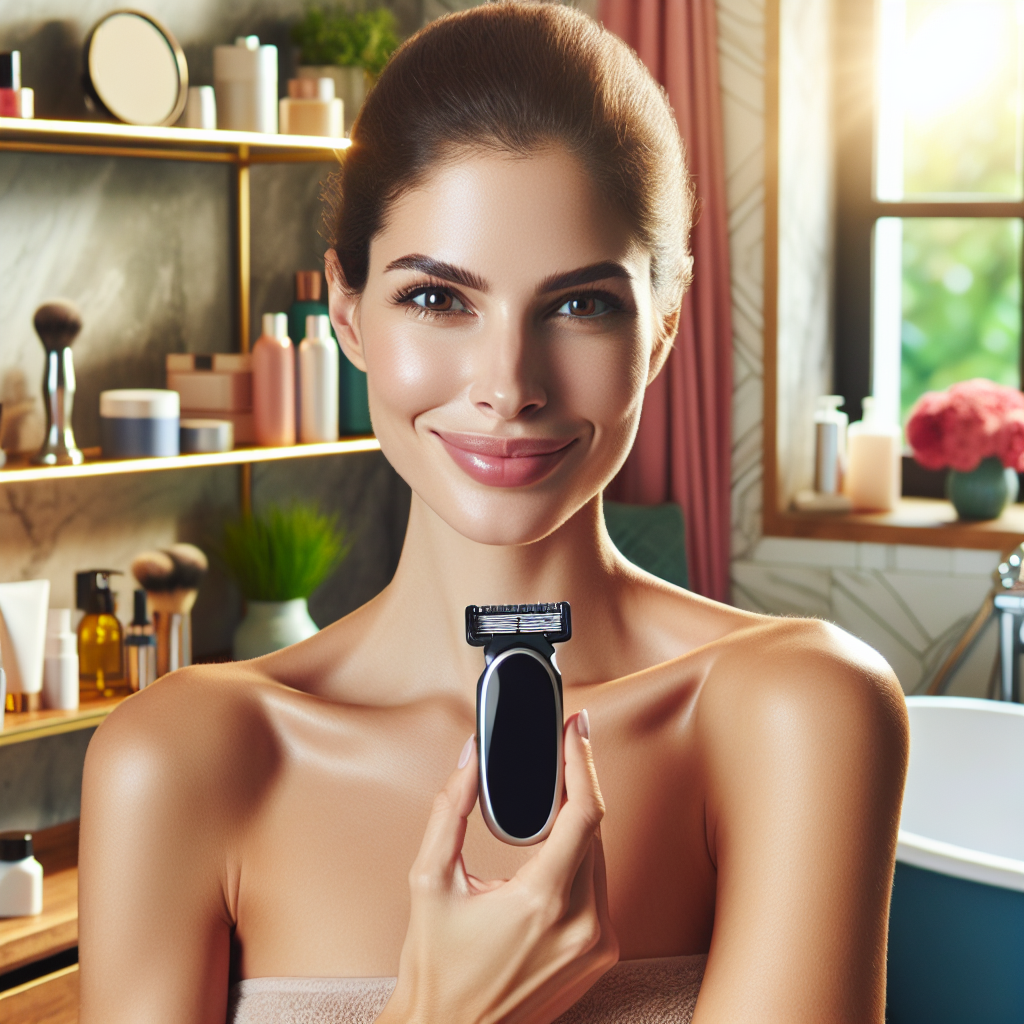1. Preparation: Prepare the skin optimally for shaving
Preparation is crucial for a smooth, gentle shave. A hot shower or bath softens the hair and the top layer of skin, making shaving easier and less irritating. The steam opens the pores and makes the skin more elastic - making even small hairs easy to reach.
Tips for perfect preparation:
- Soak your skin: Take at least five to ten minutes in a warm shower or bath before you start shaving. This will help soften your skin, reducing the risk of cuts.
- Gentle exfoliation: A gentle exfoliation removes dead skin cells and frees ingrown hairs. Use a mild product or a soft brush and massage the skin gently in circular motions. However, be careful not to scrub too hard to avoid irritating the skin.
- Preparatory shaving care and oil: To make the skin smoother before shaving and to increase the gliding ability of the razor, you should not shave without shaving cream. You can use shaving foam, a mild shaving soap , shaving gel or - our favorite - shaving oil. Give your skin time and apply the shaving cream thinly, let it work for a short time before you start shaving.
2. The right shaving technique: How to avoid skin irritation
Shaving technique also plays a big role in ensuring a smooth shave. Make sure you always use a sharp, clean blade, as blunt blades can pull on the hair and irritate the skin. Replacing the blades regularly will help you avoid skin irritation.
Tips for the correct shaving technique:
- First shave in the direction of hair growth: Especially if you have sensitive skin, you should always shave in the direction of hair growth. This will prevent skin irritation and ingrown hairs. If you do shave in the opposite direction, first trim long hairs in the direction of hair growth, be particularly careful and place the razor gently.
- Slow, short strokes: Instead of pulling the razor over large areas of skin with pressure, use short, controlled strokes. Slowly and gently reposition the blade after each stroke or keep the razor on the skin, similar to how you would use a "painter's roller" - to reduce stress on the skin and prevent cuts.
- Stretch the skin: It is particularly helpful to stretch the skin slightly in tricky areas such as the knees or underarms. This ensures an even surface and reduces the risk of cuts.
3. After-shave care: How to keep your skin healthy and supple
After shaving, the skin is sensitive and needs extra care to regenerate. First, rinse the shaved areas with cold water - this closes the pores and reduces the risk of irritation.
Tips for proper aftercare:
- Dab gently instead of rubbing: Dab the skin gently with a soft towel instead of rubbing it. This will prevent the sensitive, freshly shaved skin from becoming further irritated.
- Moisturizing care: Apply a mild, fragrance-free moisturizer that is especially suitable for sensitive skin. Care products with aloe vera, chamomile or panthenol are ideal for soothing the skin after shaving and preventing redness.
- Aftershave oils or lotions: If your skin is particularly sensitive, special aftershave oils or lotions can help soothe it. However, make sure to choose products without alcohol or harsh fragrances, as these can irritate the skin.
4. Common shaving mistakes – and how to avoid them
Many post-shave skin problems can be avoided by avoiding common mistakes. Here are some common pitfalls and how to avoid them.
Common shaving mistakes and their solution:
- Shaving too quickly: A common mistake is to rush when shaving. This often causes skin damage or irritation. Take your time and use slow, controlled strokes.
- Using dull blades: Dull blades pull on the hair and increase the risk of razor burn. Change the blades regularly - this makes the shave smoother and more thorough.
- Applying too much pressure to the razor: Place the razor lightly and avoid excessive pressure. The blade should cut the hair gently without you having to press hard.
- Inappropriate products: Some shaving gels or creams contain harsh fragrances or chemicals that can irritate the skin. Use mild products that are specially developed for sensitive skin.
Conclusion
With the right preparation, technique and aftercare, shaving becomes a pleasant ritual where skin irritation and razor burn are a thing of the past. Remember that everyone's skin is different - experiment with the tips to find out what works best for you. Give yourself and your skin the time and care it needs to stay smooth, healthy and supple after shaving.









